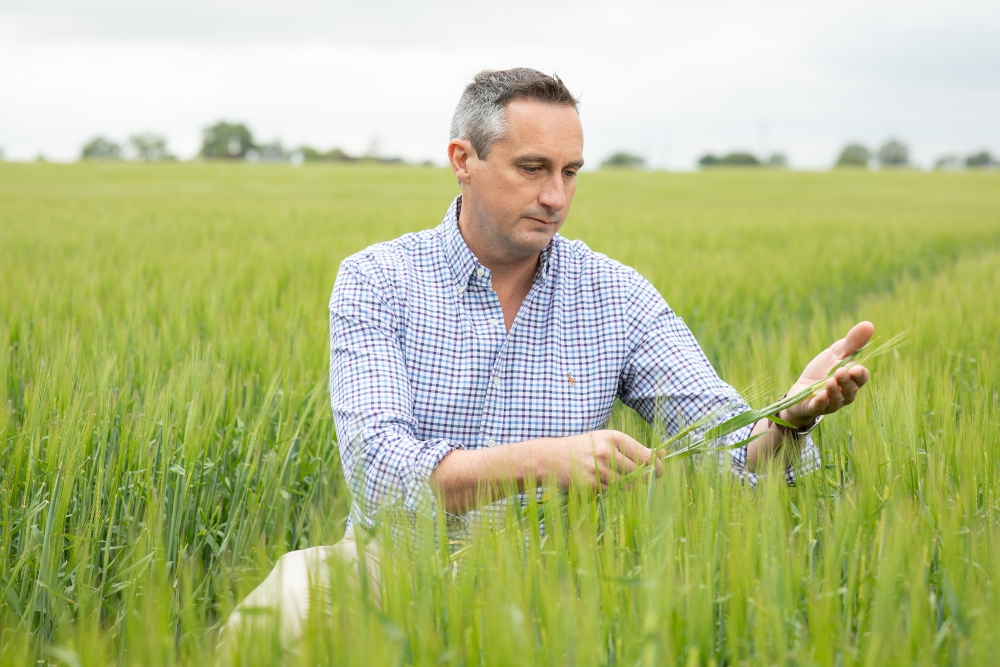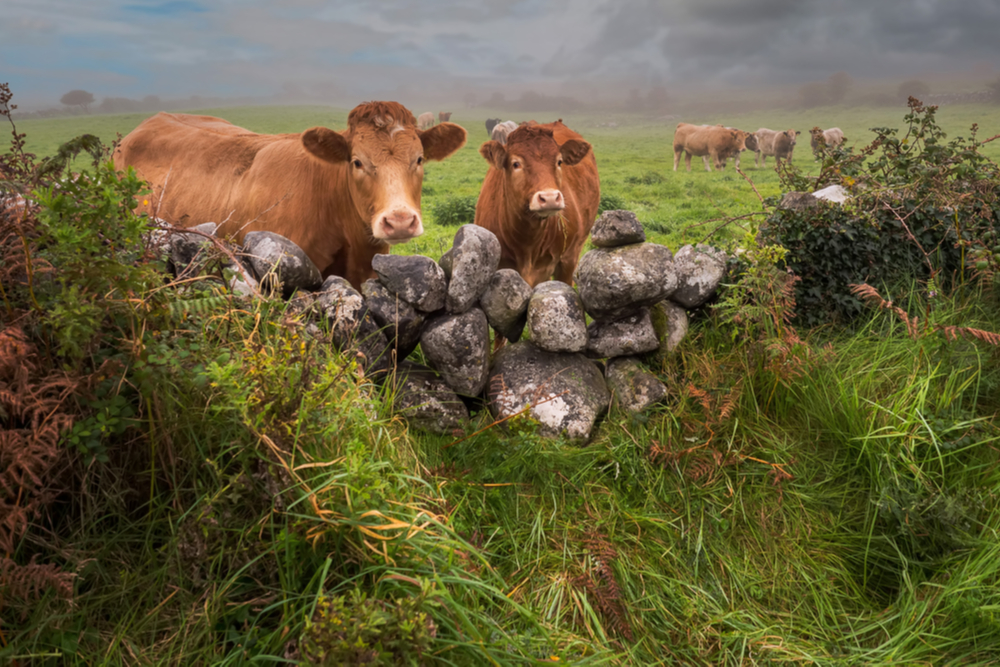Milk supply fell while grain prices continue to surge, writes Bank of Ireland head of Agriculture Sector Eoin Lowry.
Glanbia remove restrictions and penalties on milk supplies in 2022
Dairy farmers supplying Glanbia will not be hit with any penalties that exceed their peak milk allocations in May or June this year following a review of milk supply forecasts for 2022.
It has also decided not to deduct any penalties from the small number of suppliers that exceeded their individual peak allocation for April. The lifting of restrictions is as a result of lower milk supply to Glanbia which is running 2.3% behind the same period last year.
“It is expected that April milk supply will also be lower than 2021 levels. Higher feed prices, coupled with fertiliser price and availability issues are part of the reason behind the change in supply”
That means that there is available milk processing capacity over peak. The delay in the planning approval process for a new cheese plant at Belview necessitated the introduction of a Peak Management Policy for the months of April, May and June in 2022, 2023 and 2024. The changes announced apply to 2022 only, with the Peak Management Policy continuing to apply for 2023 and 2024 as previously announced. Milk suppliers should continue to use Glanbia Connect to track their peak supply versus their allocation.
Milk supply down 3.3% in March
Milk supply to Irish processors from Irish dairy farmers fell 3.3% in March compared to the same month last year. Once the increases for January and February are taken into account, milk supply for the year to date is similar to 2021. It is expected that April milk supply will also be lower than 2021 levels. Higher feed prices, coupled with fertiliser price and availability issues are part of the reason behind the change in supply.
Grain prices continue to surge
Continued tightness in supply with weather issues globally continue to drive grain prices to record levels. Harvest prices continue to increase with prices offered by the trade this week for green grain at harvest of between €315 and €320 per tonne for Barley and €5-10/t higher for Wheat.
While the harvest is still at least two months away, and there continues to be a high level of volatility in grain markets globally, it would appear that the market is quite firm in the short term to sustain this level of prices. That should mean the additional costs deriving from fertiliser and other crops inputs will be absorbed by the increased farm gate prices. Crops yields look promising given the ideal growing conditions of the past few weeks.
Beef quotes jumping past €5/kg
Prices for beef continue to rise with quotes of between €4.90/kg and €5.10/kg readily available in the market. The price rise comes as numbers of cattle fit for slaughter are expected to remain extremely tight over the next couple of months. Prices are also up across the EU and UK but Irish prices are overall c/20c/kg lower than the EU composite price which means there is scope for Irish prices to increase further.
Farmers to get up to €1,000 to grow silage
As a result of the tripling of fertiliser prices, beef and sheep farmers will receive up to €1,000 each to grow silage this year as part of a multimillion euro package from the Government. Farmers will be paid €100/ha up to a maximum of 10ha of hay and silage this year under the scheme. Dairy farmers are excluded from applying. If a farmer had 5ha of silage ground and has two cuts off it, they will qualify for the maximum payment.





